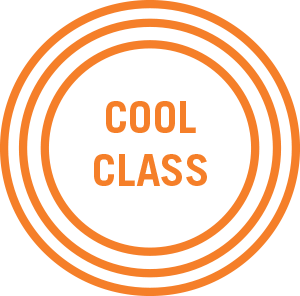

Hairdos, Piercings and Tattoos
Body and Identity
Anthropology
As a foundation seminar, this course is designed to help students master the art of engaged learning as well as different genres of writing, from reflections on their own experiences to in-depth research essays.
“Beliefs about what people can and can’t do with their bodies is not only culturally specific but also mediated by many taken-for-granted assumptions about what it means to be gendered.”
The goal is for students to think more deeply about the connections between their bodies and their selves as well as to consider how these connections are experienced and expressed by people in other parts of the world. The intent is to cultivate a learning environment in which all students feel comfortable sharing ideas and are open to the benefits of receiving constructive criticism from classmates.
— Ned Searles